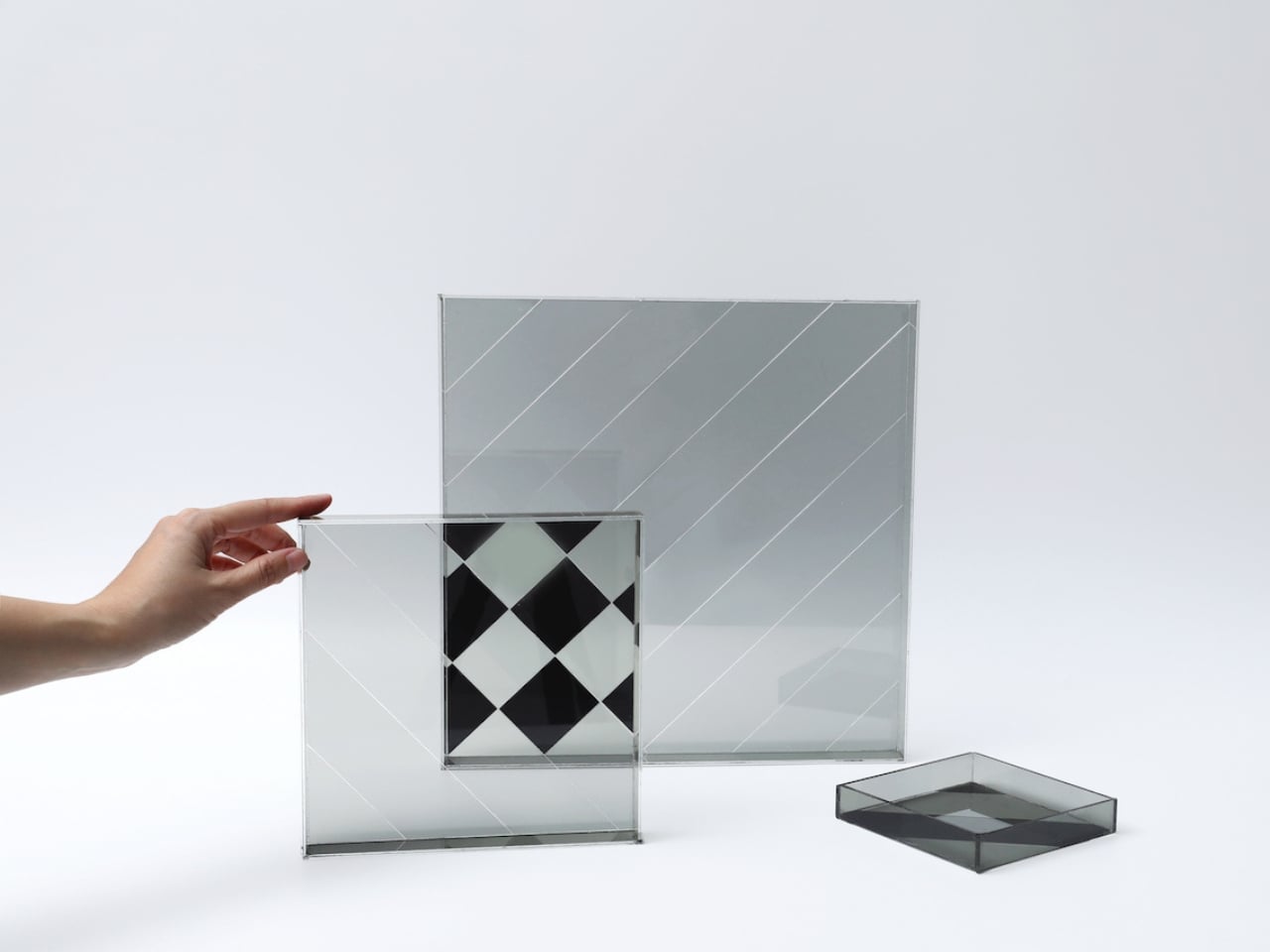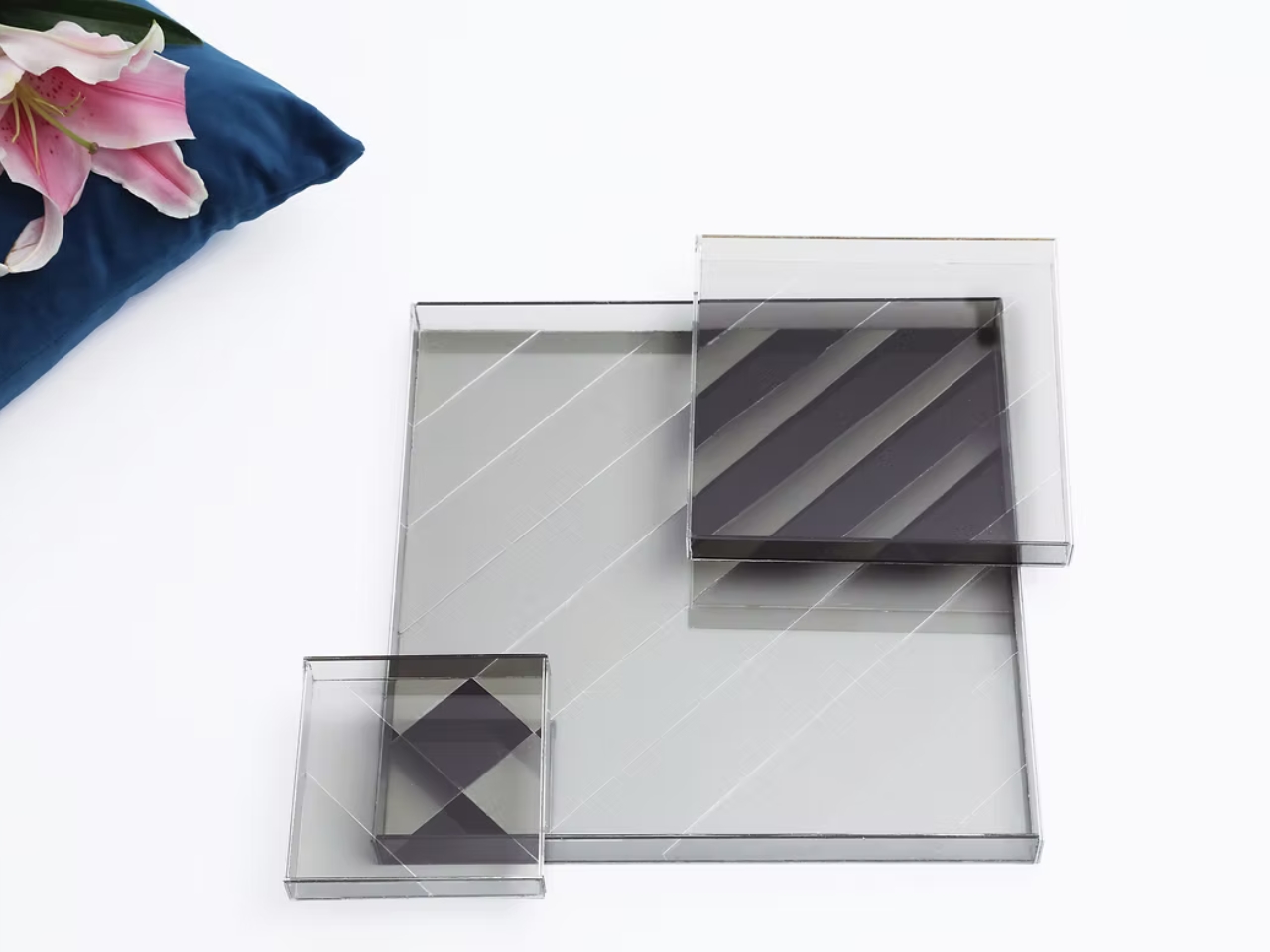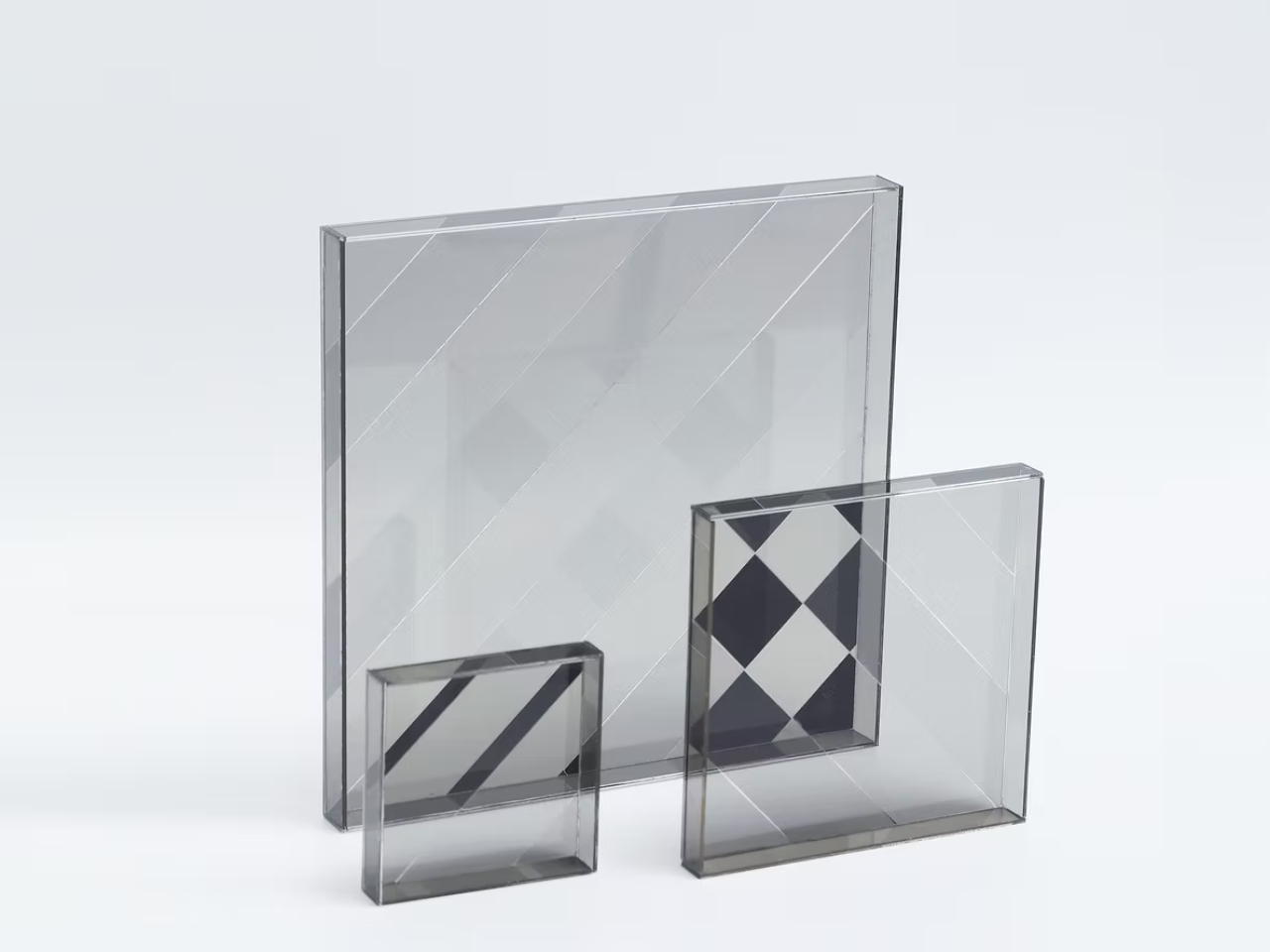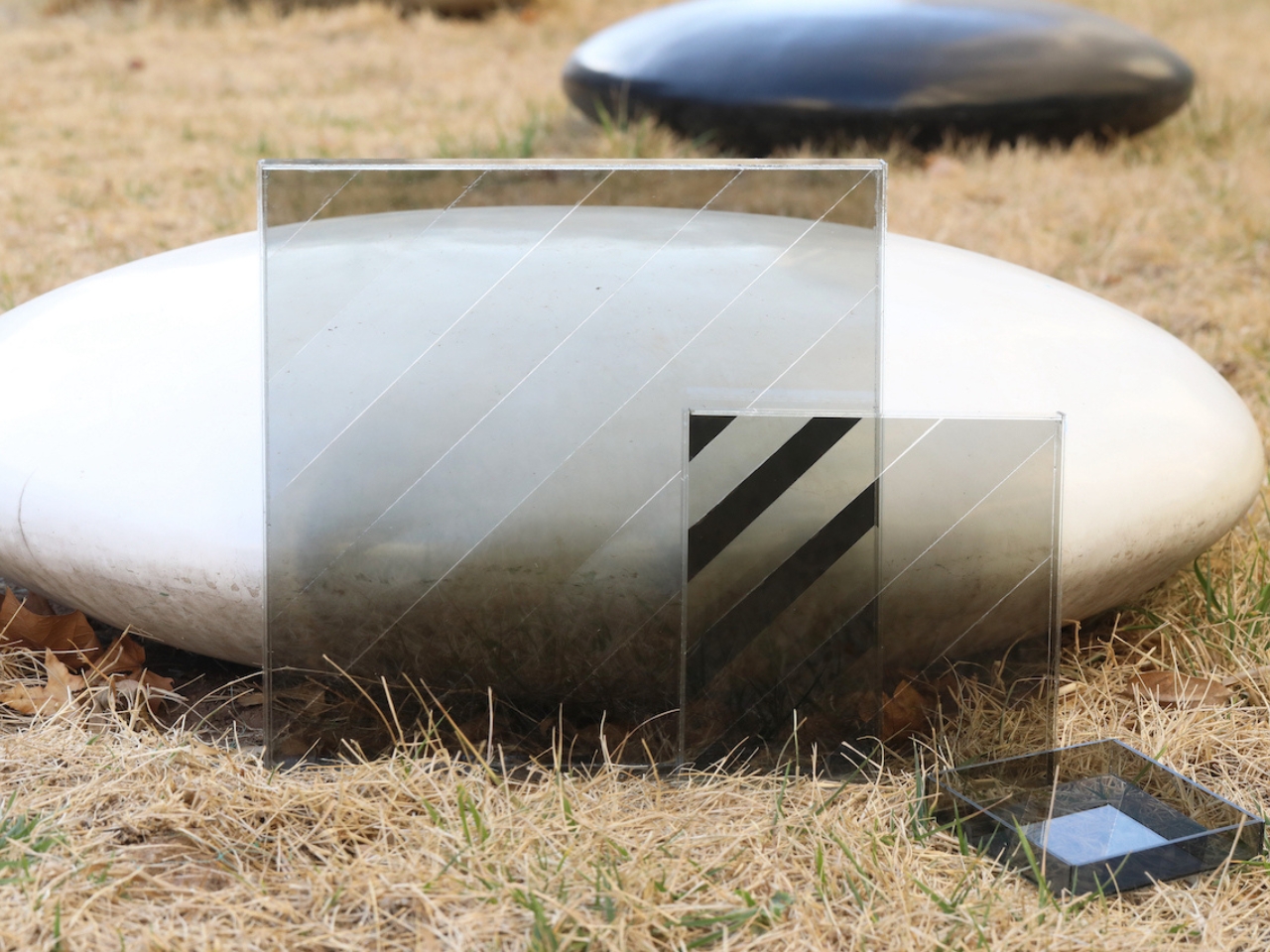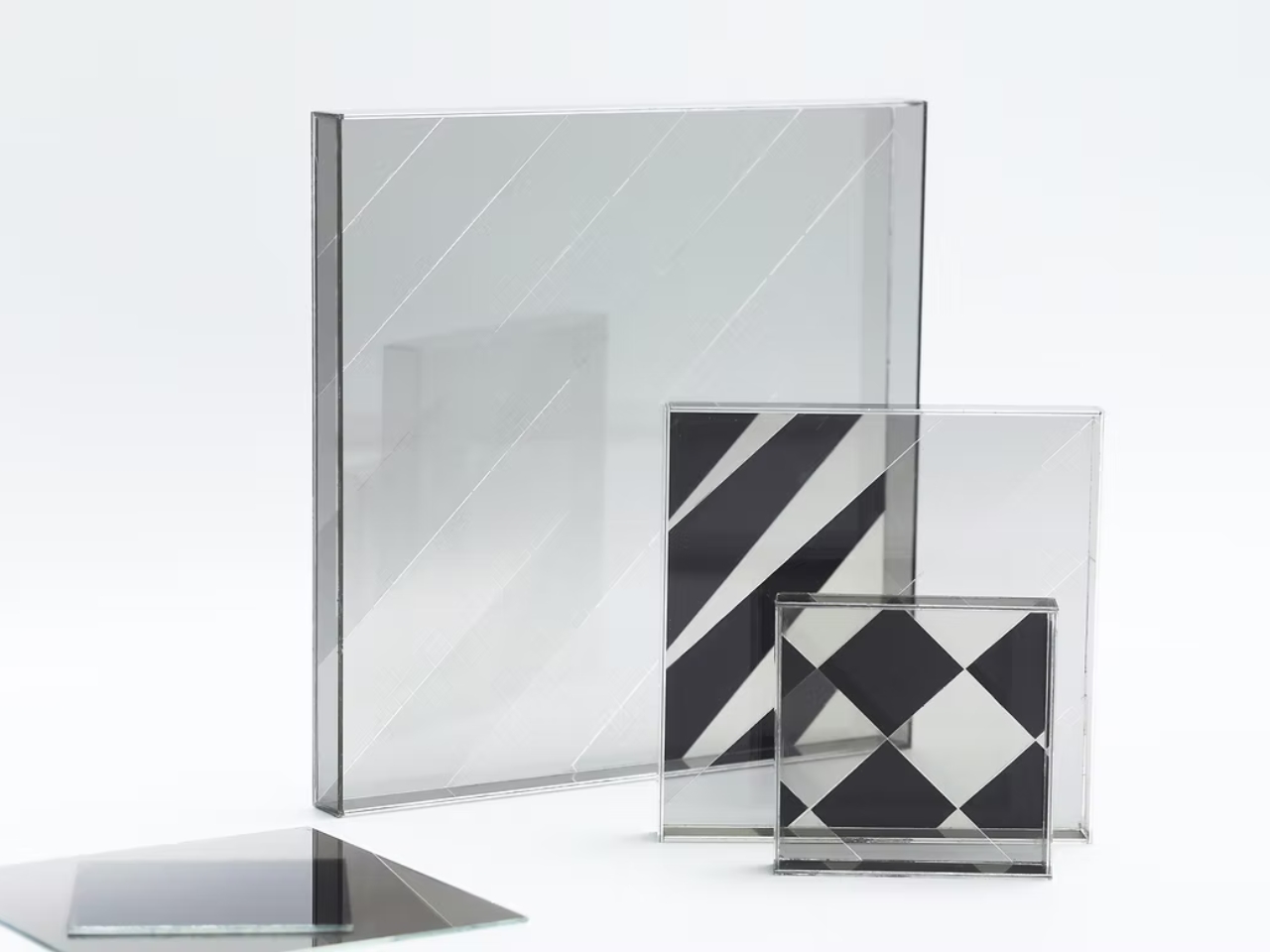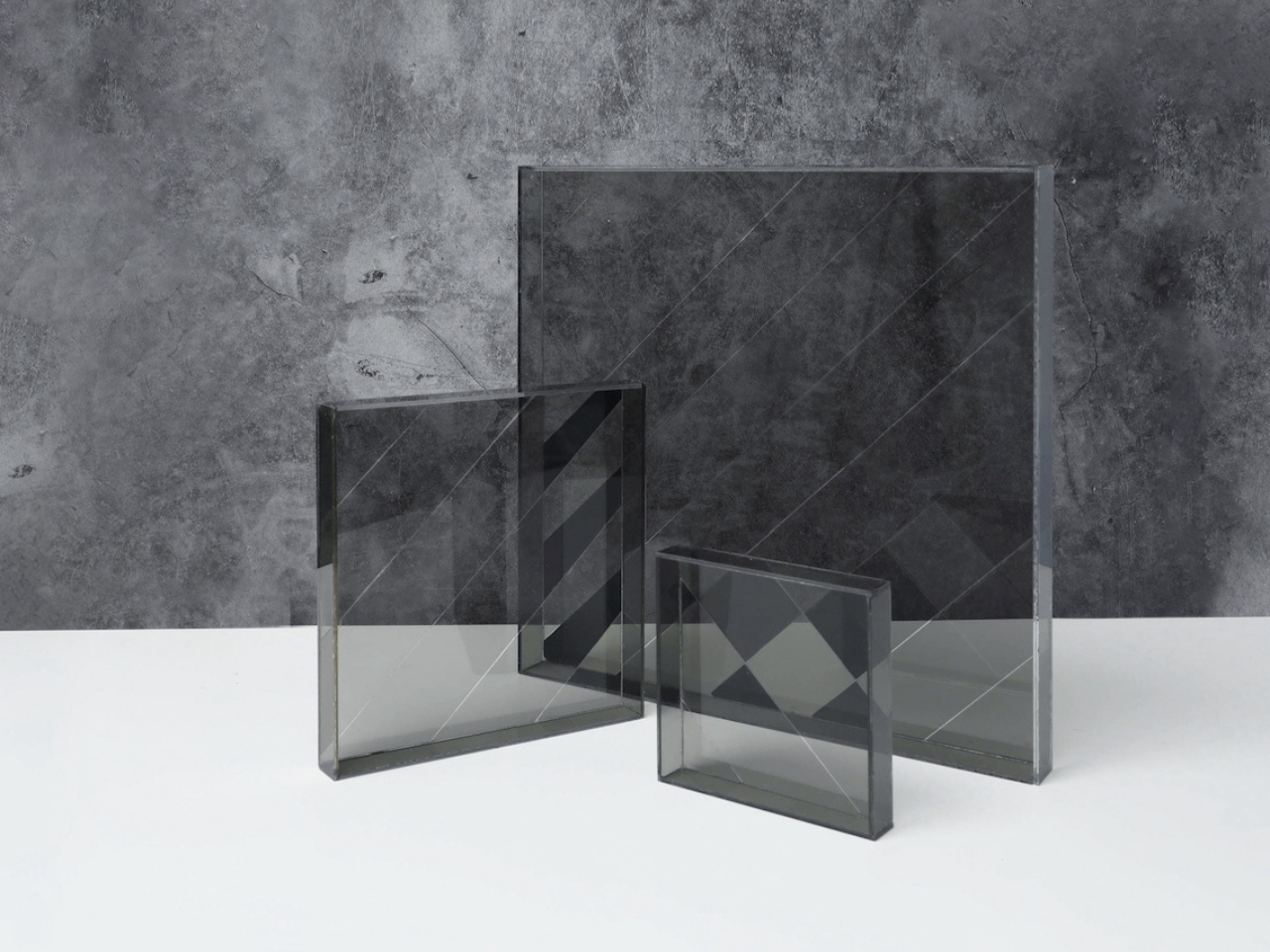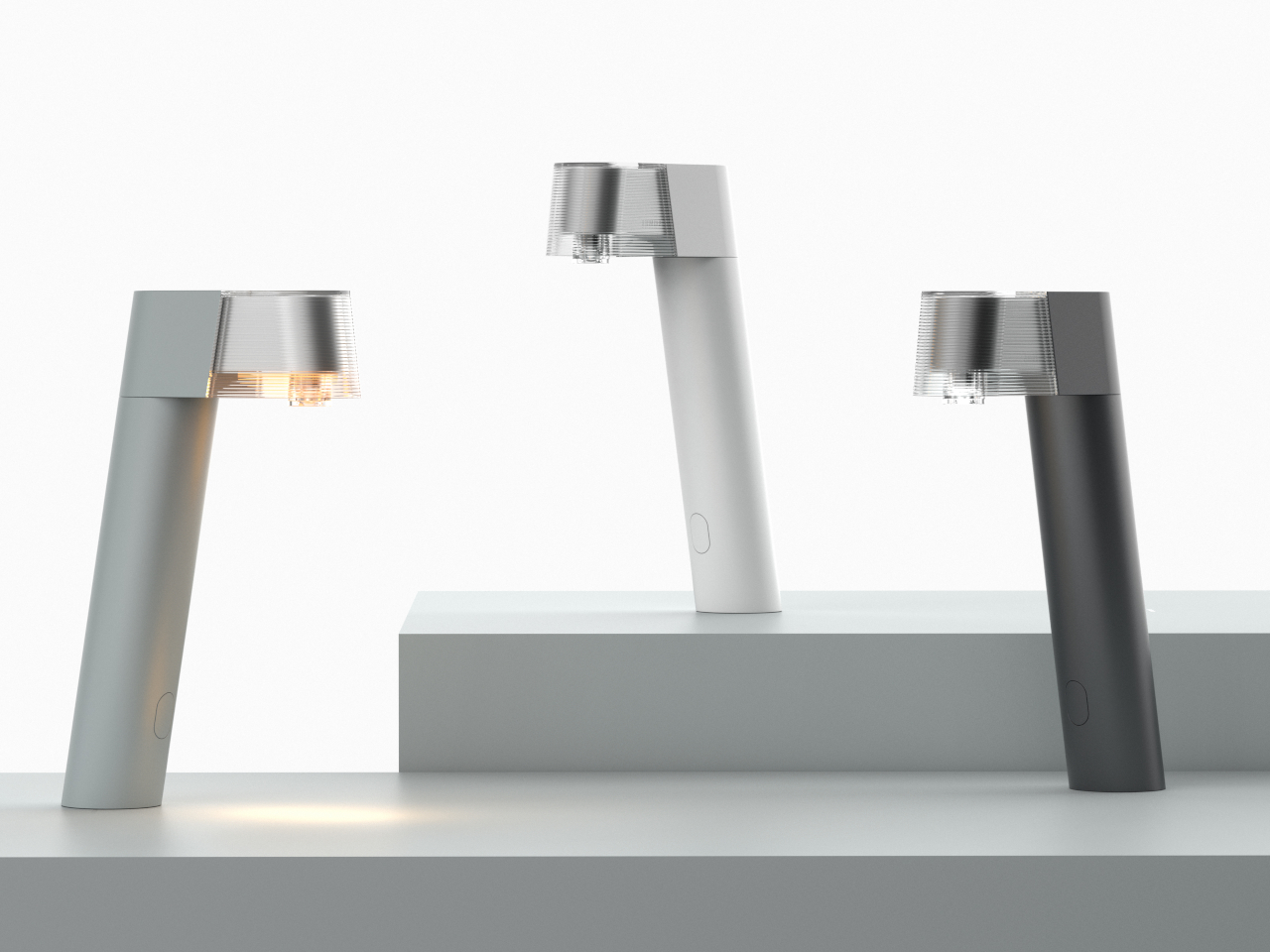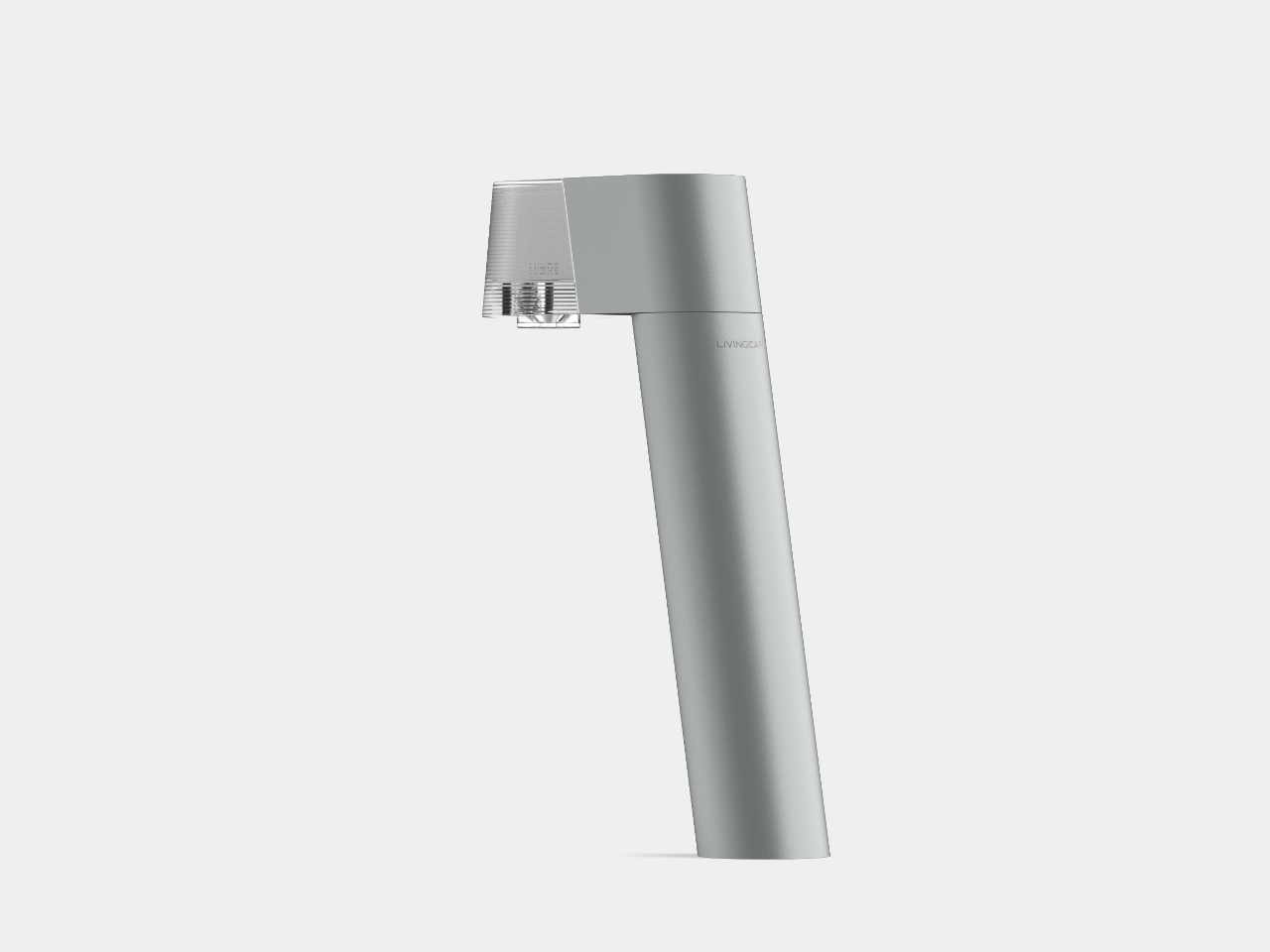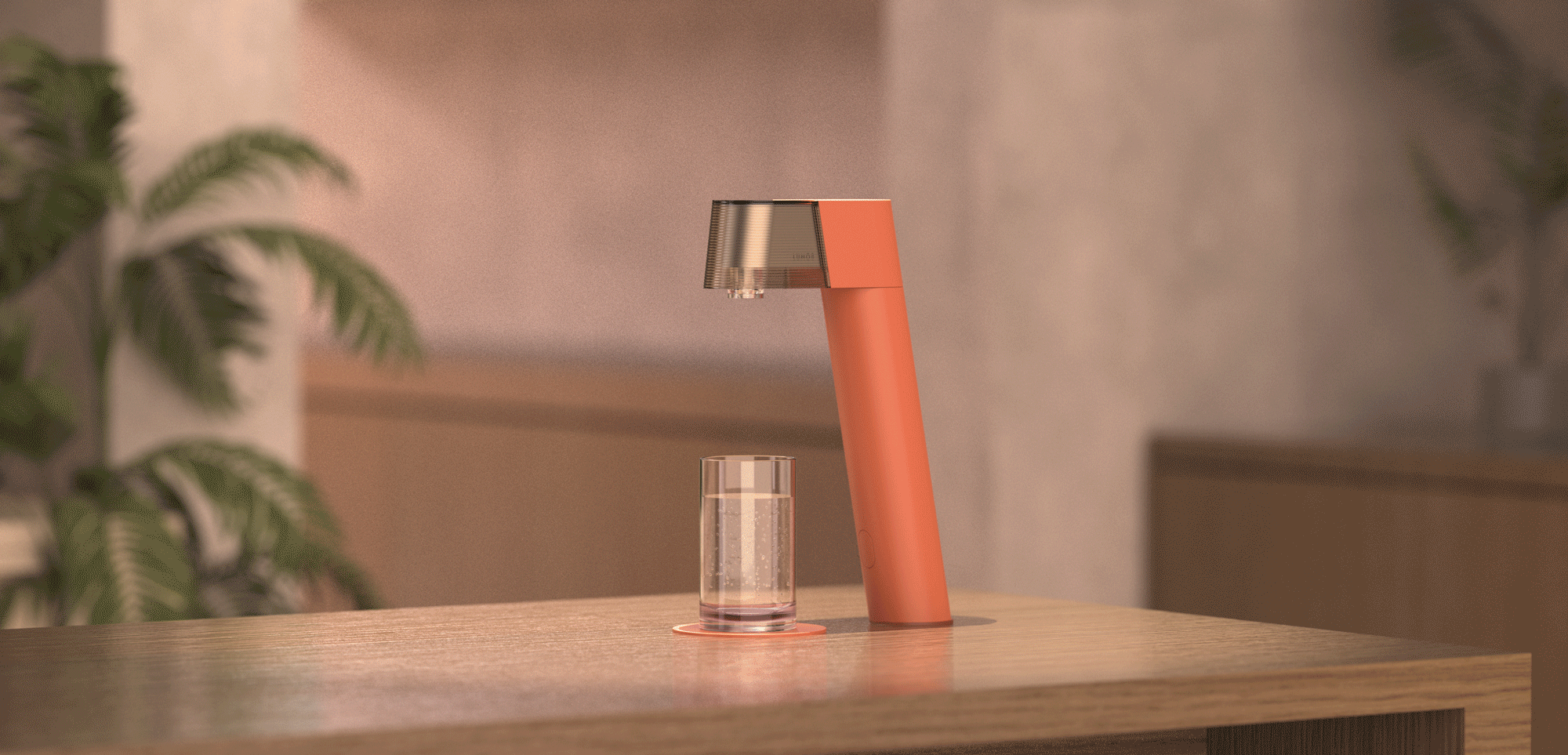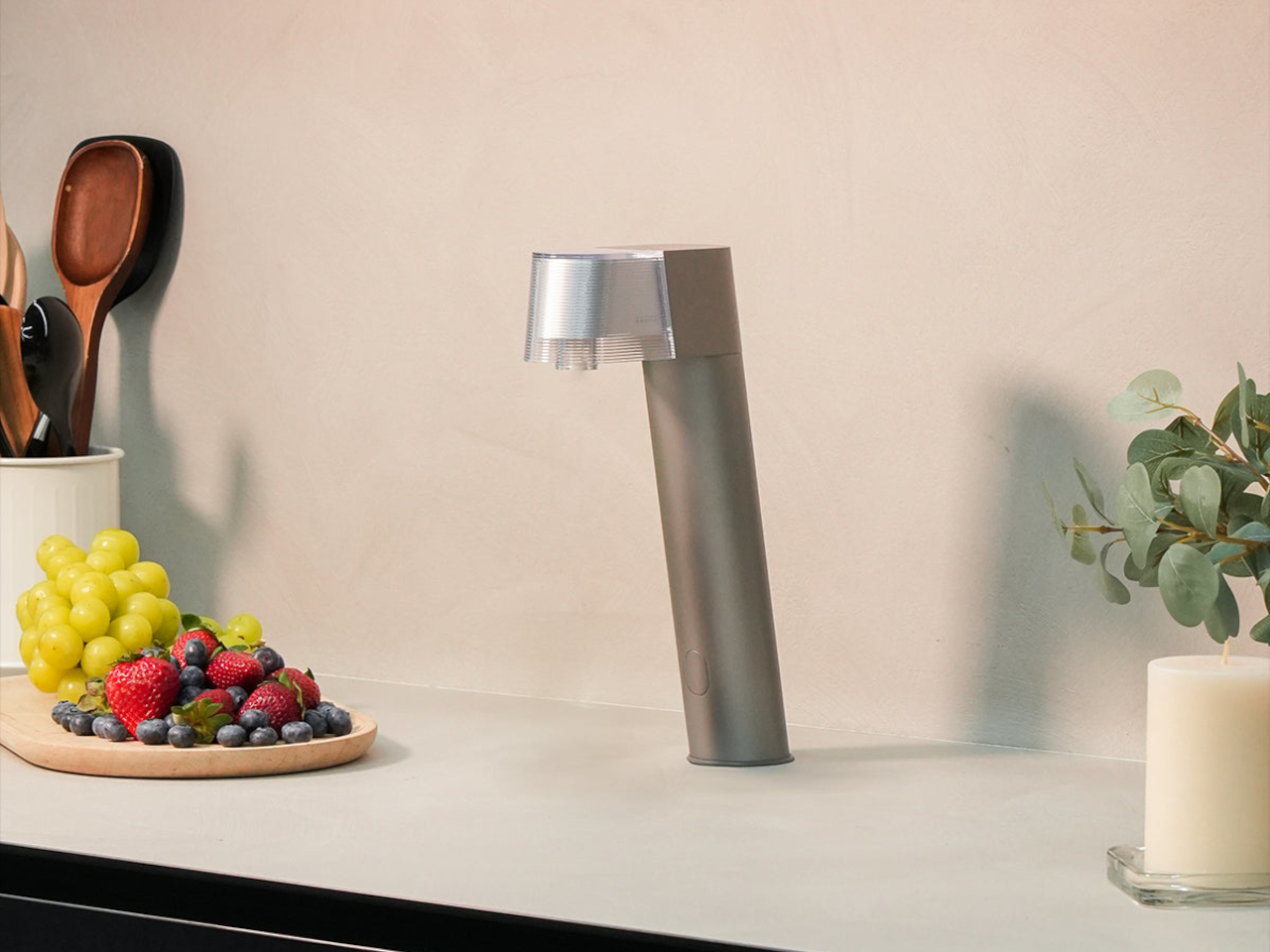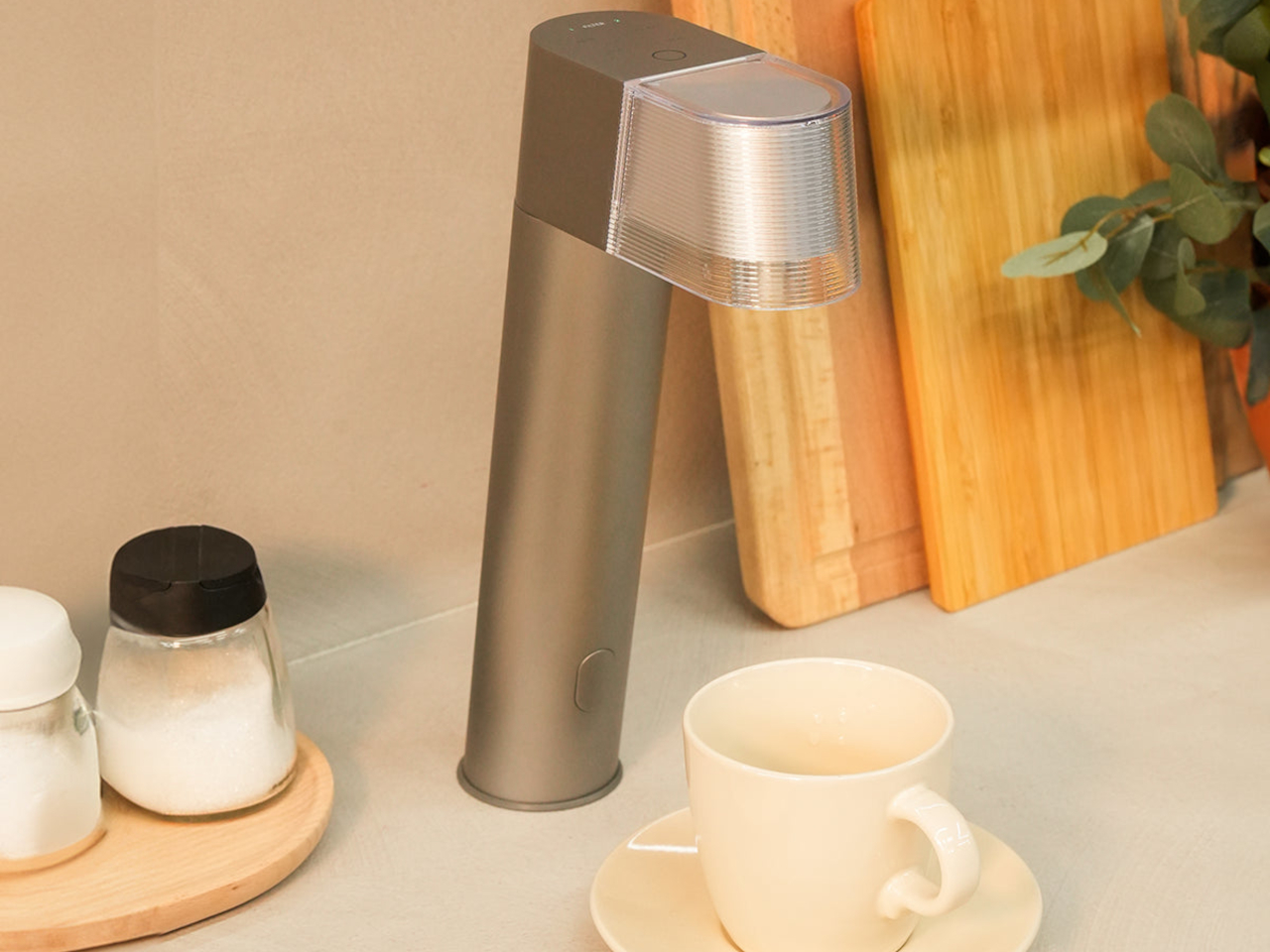It looks like a hundred thousand people fell for a fake NVIDIA livestream featuring an AI-generated version of CEO Jensen Huang, as reported by PC Gamer. Perhaps the scariest part is that the fake stream ran at the same time as an actual NVIDIA event and dwarfed the live viewership numbers.
The actual keynote speech of NVIDIA's GPU Technology Conference (GTC) garnered around 20,000 live views, while the fake stream maxed out at 100,000 live views. Even weirder? The fake Huang was talking about some crazy stuff mostly involving bogus crypto investments.
The deepfake spoke of "a crypto mass adoption event that ties directly into NVIDIA's mission to accelerate human progress." The avatar urged viewers to scan a QR code to, uh, send in cryptocurrencies. It's unclear if any of the 100,000 viewers fell for this obvious scam that asked people to send the world's richest company money to "accelerate human progress."
The fake video has since been deleted. I haven't been able to check it out to see just how real it looked and, thereby, how it was able to lure in 100,000 viewers. Before we all start screaming into the night about how reality doesn't matter anymore, there are a few things worth considering.
First of all, we don't know anything about the 100,000 accounts that were watching the fake stream. We don't know where they're from or even if the accounts were tied to real people. It's also worth noting that the real stream has since garnered 200,000 views, despite just having 20,000 live viewers. We don't know what kind of promotional tools the fakers used to draw in people or how long people stayed once they clicked.
Finally, there's Huang himself. The man has hosted four GTC conferences just this year, and dozens upon dozens in previous years. There is an absolute abundance of footage of him standing on a stage and talking about stuff. That's a whole lot of video for bad actors to use as AI training data.
Also, the real stream wasn't exactly a barn burner. The most notable news we got was the announcement of a partnership with Uber to promote autonomous driving. This wasn't an event to hype up new graphics cards or anything like that. The company revealed some government contracts, if that's your bag.
Down.. pic.twitter.com/SqyS7LFfx5
— SamAI - Sora Sam Altman (@SoraSamAi) October 12, 2025
So we might not be cooked just yet, but the water is certainly getting hotter. Earlier this month, OpenAI CEO Sam Altman donated his likeness to the growing Cthulhu that is the AI video generator Sora 2. Users quickly got to work making Altman do all kinds of unsavory things, like stealing GPUs from Target and eating a grilled Pikachu.
This article originally appeared on Engadget at https://www.engadget.com/ai/more-people-watched-a-fake-nvidia-livestream-than-the-real-thing-170035672.html?src=rss